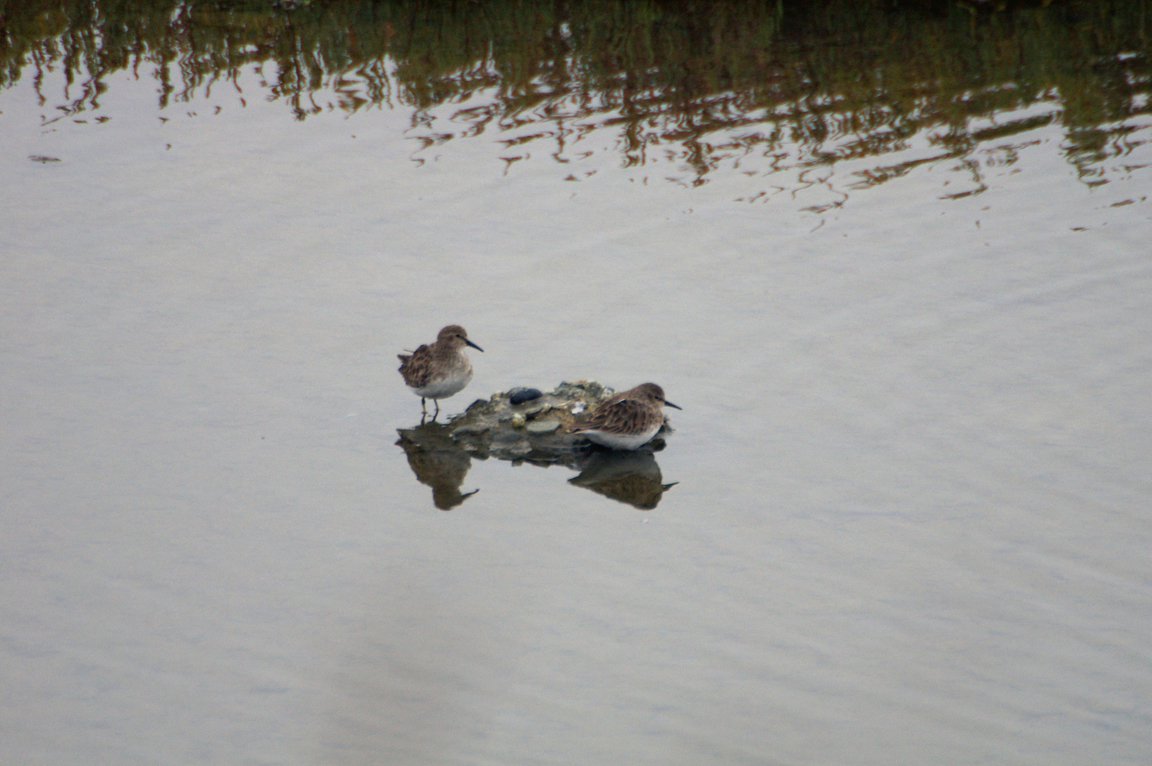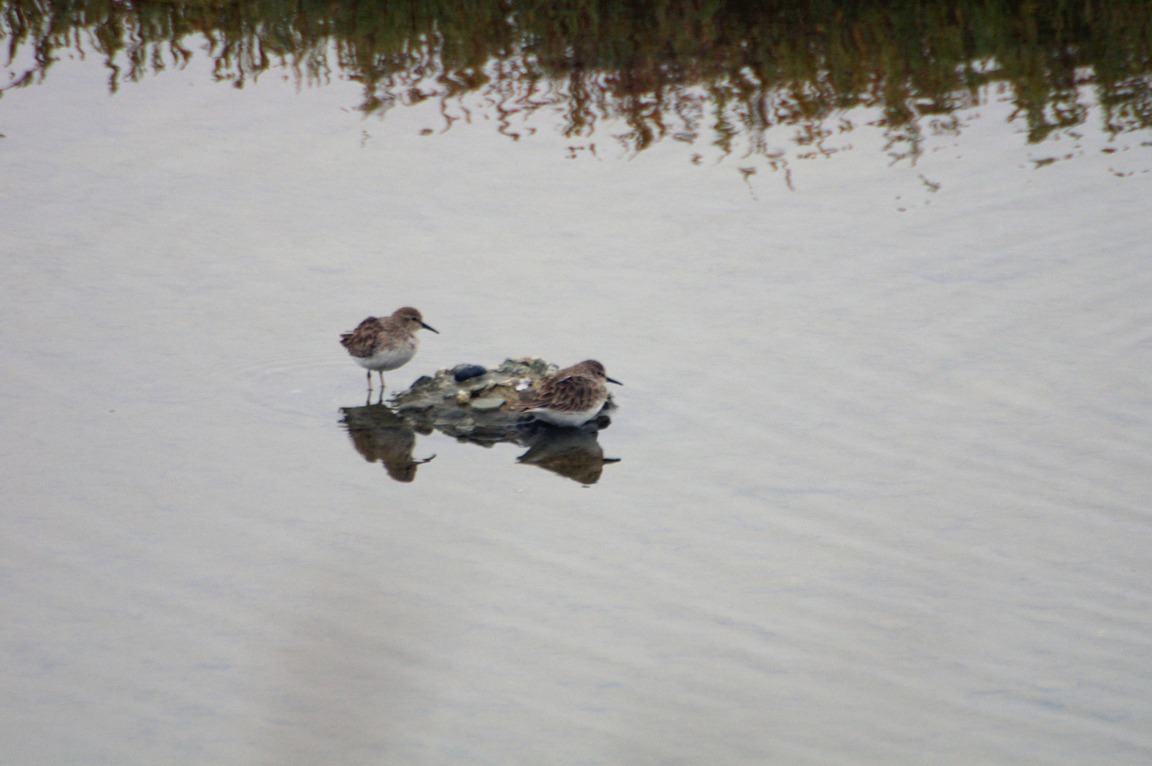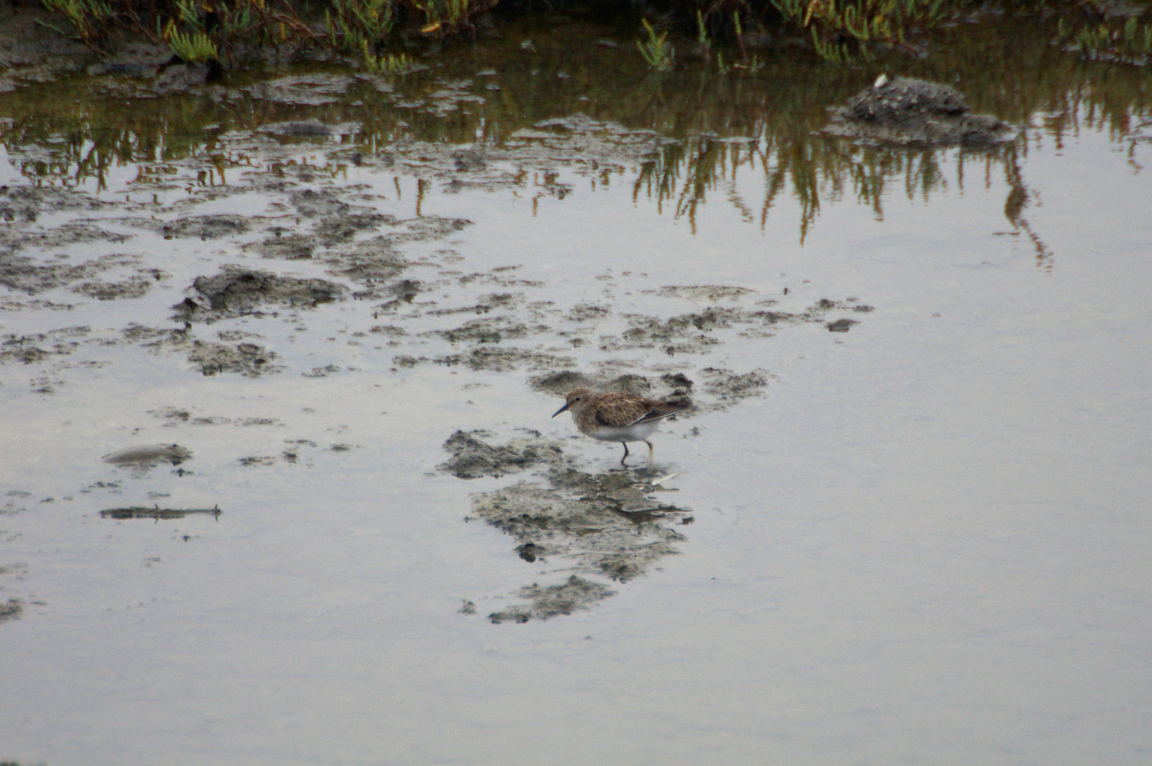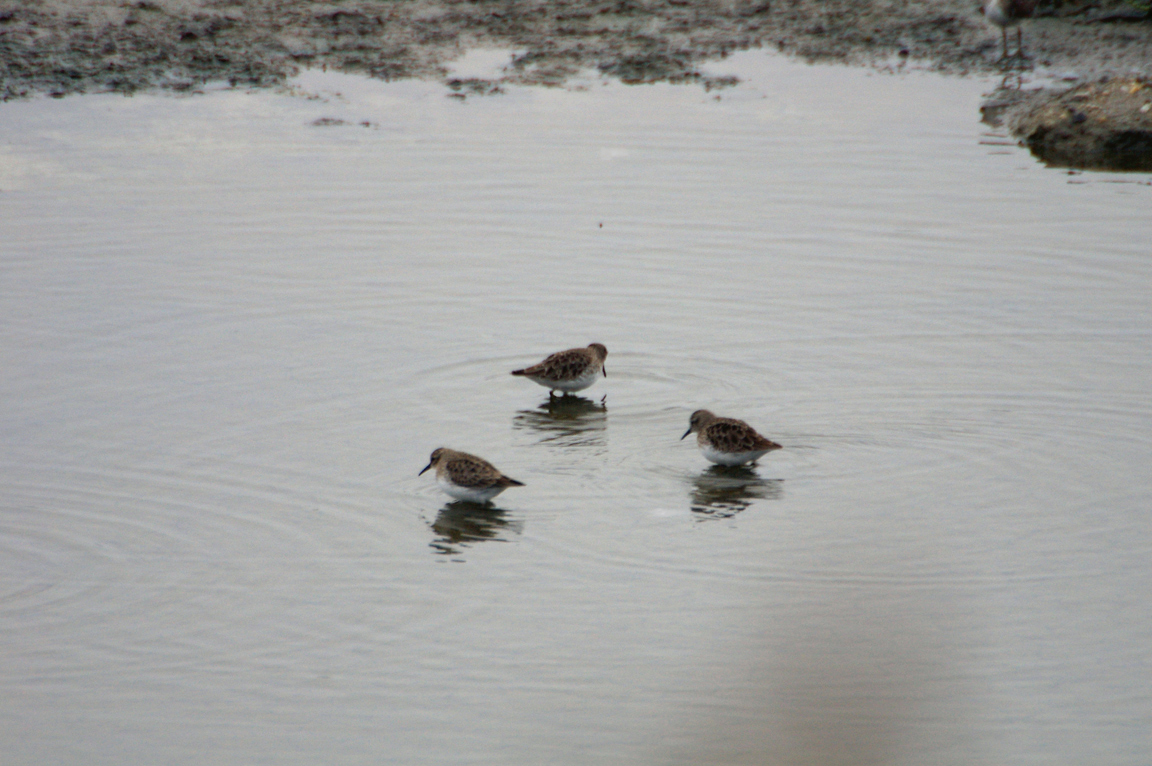|
|
|
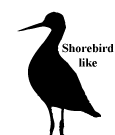 |
Western Sandpiper
|
| Calidris mauri | |
Although it has a rather restricted breeding range in western Alaska, the Western Sandpiper is one of the most abundant shorebirds in North America.
Interesting Information
In migration, the Western Sandpiper stages in huge, spectacular flocks, particularly along the Pacific coast from San Francisco Bay to the Copper River Delta in Alaska. Estimates suggest that as many as 6,500,000 individuals pass through the Copper River Delta during just a few weeks each spring.
Description
Adult Description
-
Length Range: 15-18 cm (6-7 in)
-
Weight: 23 g (0.8 oz)
-
Size: Small (5 - 9 in)
-
Color Primary: Brown
-
Underparts: White with rows of red-brown chevrons.
-
Upperparts: Red-brown, black and buff mottled.
-
Back Pattern: Striped or streaked
-
Belly Pattern: Solid
-
Breast Pattern: Striped or streaked
Small sandpiper. Short neck. Moderately long bill, with slight droop. Moderately long legs. Black center of rump and tail. Legs black. Back gray-brown with some reddish. Chest usually only lightly marked. In breeding plumage has chestnut on back, crown, and back of face. Short webbing between toes (hard to see).
Sex Differences
Sexes Similar
Immature
Juvenile similar to adult, but with more scaly pattern on back.
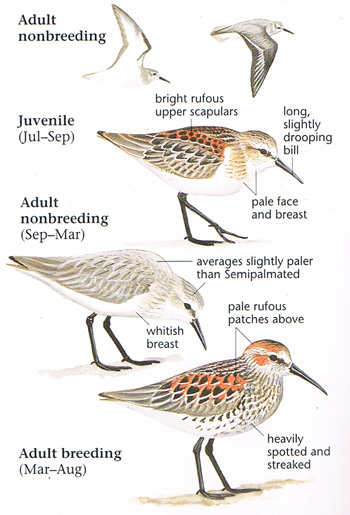
Photo taken from: The Sibley Field Guide by David Allen Sibley
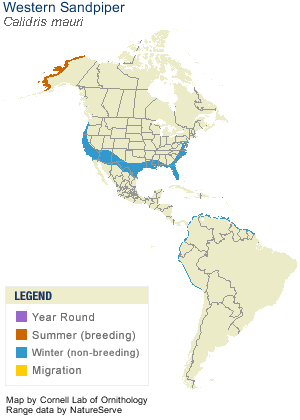
© 2003 Cornell Lab of Ornithology
|
Habitat |
|
Breeds in coastal sedge-dwarf tundra. Migrates and winters along mudflats, beaches, shores or lakes and ponds, and flooded fields. |
|
Behavior |
|
Probes mudflats and shallows for prey. |
|
Food |
|
Diet consists of small crustaceans, minnows, earthworms, and aquatic insects. |
Taxonomy
| Kingdom: | Animalia |
| Phylum: | Chordata |
| Subphylum: | Vertebrata |
| Class: | Aves |
| Order: | Charadriiformes |
| Family: | Scolopacidae |
| Genus: | Calidris |
| Species: | Calidris mauri |
Similar Species |
|
|
Bird Sound |
|
Call a thin "jeet." |
|
Eggs look like this |
|
Photo taken from: ARCTOS Collaborative Collection Management Solution |
